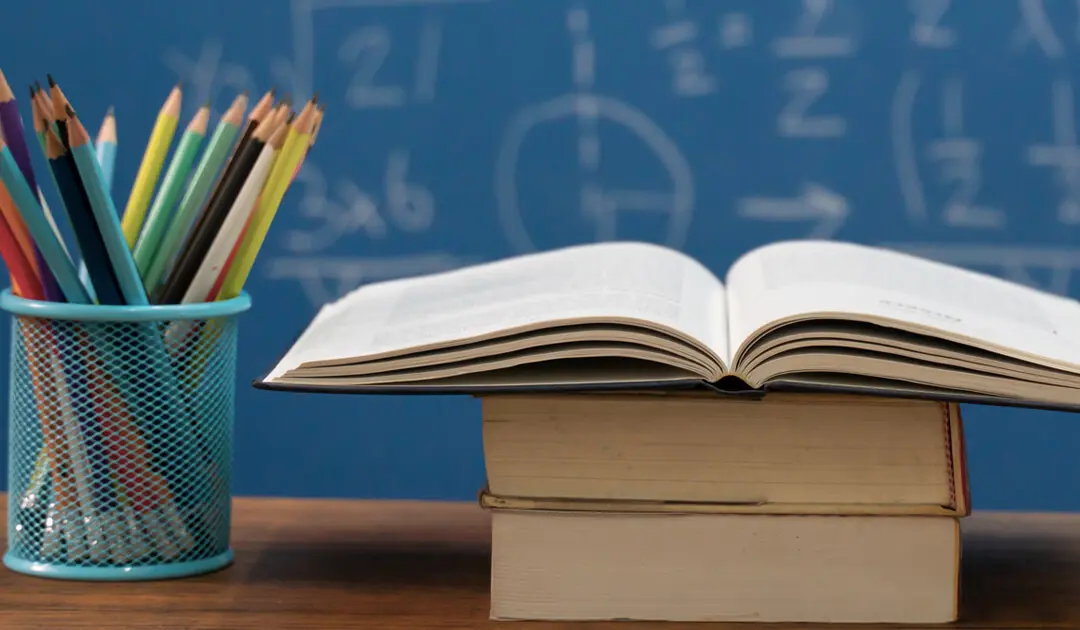
All children learn best when they're engaged with their senses, and special education teachers find that sensory play for students with autism not only provides a calming effect, but improves cognitive and problem-solving abilities.
There is no rulebook for creating sensory materials, and many activities require trial and error, which is all part of the fun. June is a great month to explore your ‘outdoor classroom’ with some movement and sensory activities that stimulate student minds and bodies as we head into the summer.
Sensory Activity 1: Painting
Using pavement, windows, or school walls as your canvas, have your students paint with brushes and sponges or sticks and other tools found in nature to create unique artwork that the rest of the school can enjoy. Bring mural paper outside to a safe space and have students paint with their hands and feet, followed by a rinse with a hose or sprinkler on really hot days.
For a real gross motor experience, wrap hands, feet, or full bodies in bubble wrap. Paint the bubble wrap, then let your students roll on mural paper or push into paper on a wall.Here's a list of more outdoor painting activities.
Sensory Activity 2: Sensory Bins
You may have a sensory bin in your classroom, but take advantage of nice weather opportunities to explore messy substances like dirt and water that students can squish and manipulate with their hands.
Have students collect materials themselves, grab a bin, and add tools like shovels, brushes, scoops, and sifters. Try a grass sensory bin and allow students to practice fine motor skills by ripping and cutting either planted or cut grass. Use an old plastic tub, recyclables, or check out these directions for making a DIY sensory table
Sensory Activity 3: Ice Exploration
Explore aspects of science and cool down at the same time with ice exploration.
How long does it take water to freeze? How long will it take an ice cube to melt in the sun or in the shade? Freeze small toys and objects inside bigger ice cubes and give students tools to break their items free. Incorporate literacy into this activity by freezing small letters inside ice cubes that spell out a message.
Ice play is totally free, requires only some recyclable materials, and provides fine motor and tactile sensory input for students.
Sensory Activity 4: Bubbles
For students with autism, bubbles can be a great therapy tool to reduce stress. Studies also show that children who can blow bubbles are more likely to learn language easily, making bubble blowing a great way to promote language development with your young students. Check out how to make giant bubble solution and have your students participate in making the wands.
Sensory Activity 5: Sensory Scavenger Hunt
Send your students on a sensory scavenger hunt in nature. Can they find something hard, something soft, something fuzzy, or something that smells? Check out The Inspired Treehouse to download an Outdoor Sensory Motor Scavenger Hunt.
In my area, we're having lots of fun in our outdoor classrooms this June. What do you have planned as the year draws to a close?
About the Author: Laura Merkle is an advocate for kids with autism and a regional special education teacher based in York Region, ON. She currently supports teachers and support staff working with students with exceptionalities in their classrooms by exploring Applied Behavior Analysis, speech-language pathology, and augmentative communication strategies. Laura enjoys sharing strategies from her experiences as an ASD teacher in a Community Classroom. Follow her @asd_teach or visit her blog for more information on how she has used these and other tools in her classrooms.
Schedule a Consultation
Learn how CPI’s training programs can benefit your organization.
Let's Connect